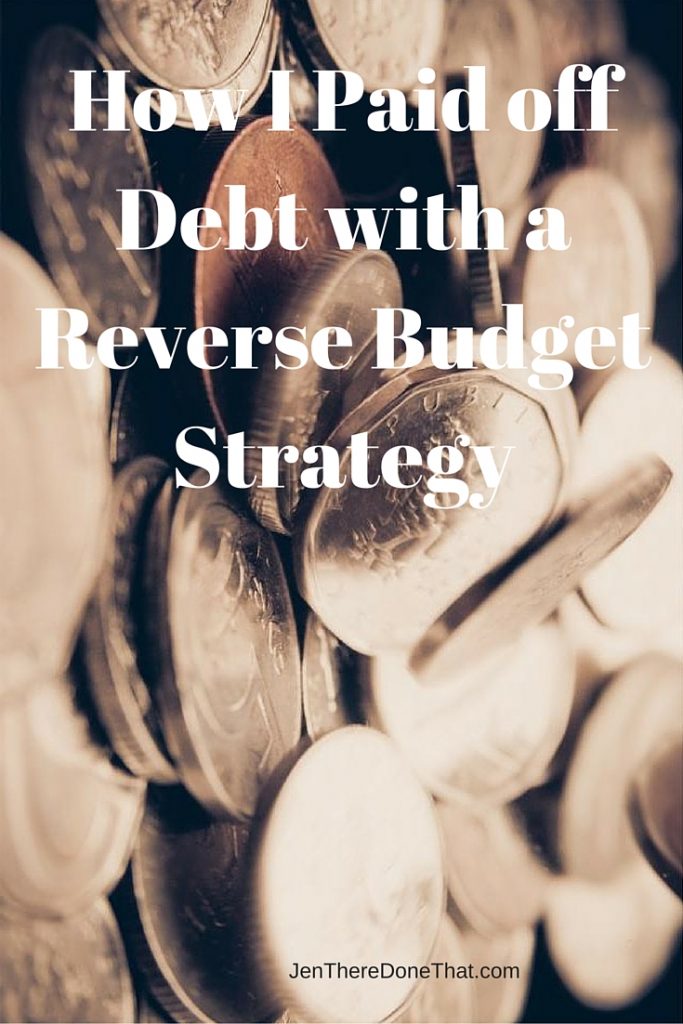We all have enough time and money for something. We just may not have enough time and money for everything. So, we prioritize. I hear people talking about priorities, what is important to them, then I watch spending habits. Often what people say is important is different than what their money is spent on. To me, the best way to understand what is truly important is real spending habits – where someone allocates their time and money.
I have followed a reverse budget for the last 15+ years. Meaning that for my income I start allocating money at the top tier and work my way down the list.
- Taxes, retirement, and savings (regular savings, plus at least $1,000 emergency fund) are taken out first.
- Then I pay mortgage, utilities, car payment, insurance (home and auto), and health insurance (or may be included in paycheck deductions).
- Third is where minimal fuel and food expenses are allocated, no splurges, yet.
- Next are payments for any debt (Dave Ramsey’s Snowball strategy to eliminate debt is effective and easy to follow). This is debt not attached to a mortgage or primary vehicle, such as student loans, medical bills, credit card debt, and other non-secured loans.
- Finally, anything left over is for dinner out, books, movies/tv, electronics, clothes, travel, or whatever else you feel like.
Continue reading “How I Paid Off My Debt with a Reverse Budget Strategy”

